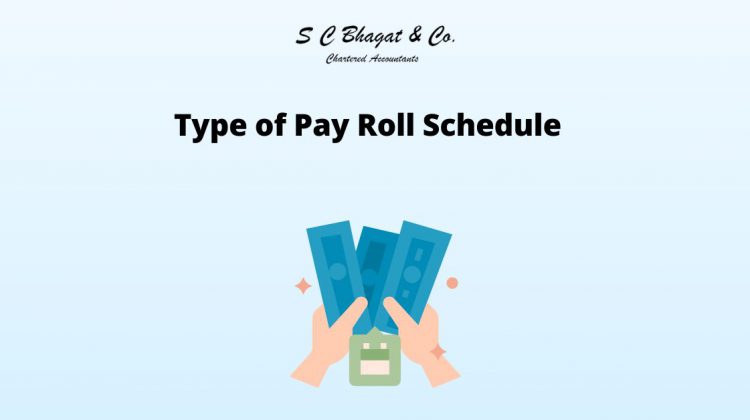Let’s look at what the term “pay schedule” means. Pay schedules are nothing more than the dates that the salary is paid by an employer to the employee. Pay schedules are a combination of two parts of information that include your pay period as well as the date you receive your paycheck. The payroll schedule you receive is contingent on several aspects, including the laws and regulations of your state.
A pay period can be nothing more than the period that the employee performed his work.
Pay date refers to the day that employees are paid their wages.
In the event of a gap in the date of pay and the date of payment, the employer must make the payment arrears.
Five different pay schedules are:
- Weekly – Payroll is paid to the employee weekly basis. The pay will be made at a particular time of the week. Someone who receives their pay on an annual basis will receive 52 paychecks over the course of the year.
- Bi-weekly: In this type of pay plan, the payment is paid each two weeks, on a certain date of each week. Anyone who is receiving a biweekly paycheck receives 26 payments a year.
- Semi-monthly – Paychecks are and are issued to employees twice per month, at two distinct dates. The employee who is on this kind of payroll schedule is entitled to 24 pay checks per year. In this example, the person is paid on the 15th of the month and the end of each month.
- Monthly – Employees are paid on a certain date each month. 12 pay checks will be made by those who are covered by this kind of pay plan over the course of a year.
- Multiple payroll schedules – having multiple payroll schedules means that you utilize multiple schedules for payroll described above. You have different kinds of employees, and it’s not possible to pay all of them in the same way at the same time.

